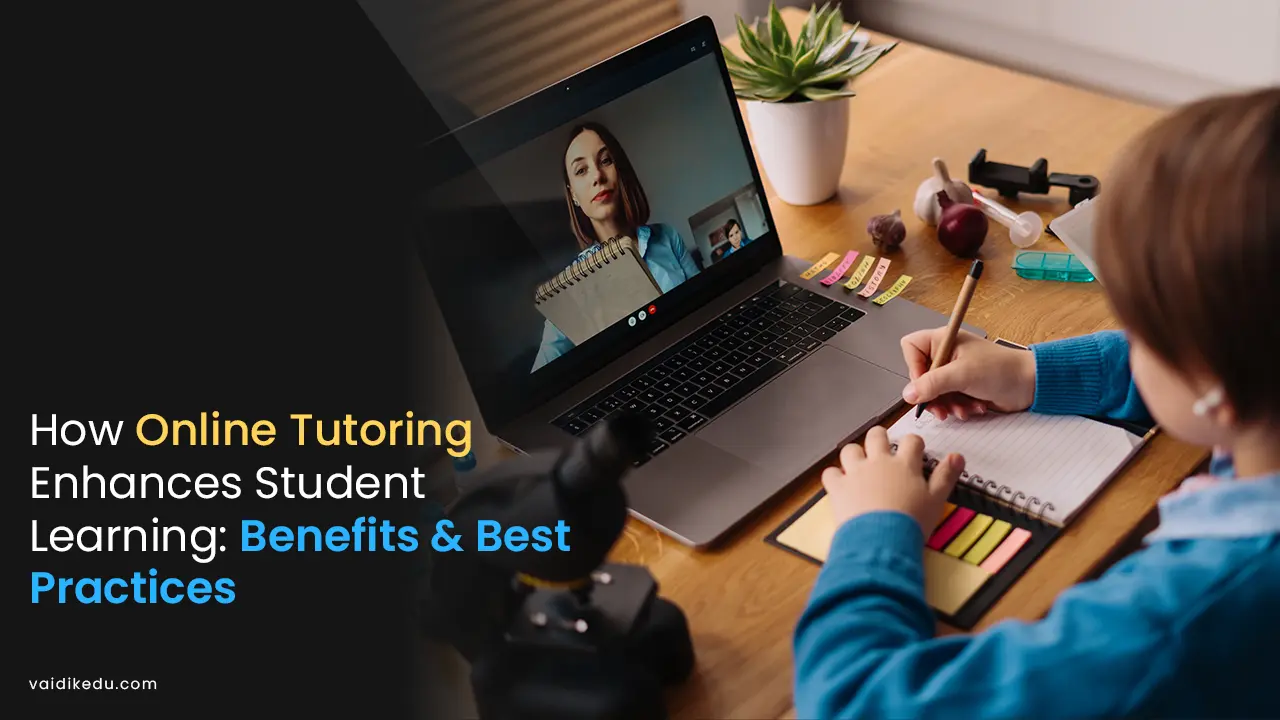STEM Education which refers to a teaching strategy that prioritizes the four subjects – science, technology, engineering, and mathematics, has undergone significant transformations over the years.
Rapid technological advancements and the shifting demands of an innovation-driven global economy drive these changes. STEM education integrates practical applications and hands-on learning experience to foster inventive thinking, problem solving, and critical thinking skills.
As technology evolves, STEM education must adapt to prepare students for an increasingly complex and interconnected world. It is essential for promoting technical literacy and giving them the tools they need to pursue new occupations in a world that is changing quickly.
STEM education equips people to be innovators and leaders in their professions by fostering curiosity and resilience.
There has been a substantial evolution in teaching and learning approaches in the twenty-first century, as it prepares the students for an increasingly complicated world and technology developments. Conventional approaches are being redesigned, emphasizing problem solving, creativity, and critical thinking skills.
The Early Days OF STEM Education
In the earlier days, STEM education focused on foundational knowledge and the traditional problem solving approaches. Textbooks, classroom lectures, and hands-on experiments formed the core of the curriculum. However, technology integration was minimal, reflecting the limited tools available at that time.
The Necessity For A Change
The job markets are changing day by day. The skills like adaptability and problem solving are essential for modern jobs, particularly in STEM fields. But these skills are rarely taught in our schools and colleges. Our education system requires a total repair to help students in achieving a successful career.
Conventional methods have many drawbacks. Passive learning and rote memorizing are outdated and it does not give the required skills to the students, which they need to succeed in the real world. Thus the traditional methods have limitations.
Teaching strategies that incorporate tech literacy and digital skills are necessary due to the proliferation of digital tools and technologies.
Prioritizing critical thinking, creativity, and teamwork equips students to tackle practical problems.
Innovative teaching methods help students to develop creative thinking, and problem solving and prepare them with leadership qualities.
Current Trends in STEM Education
- Integration of Emerging Technologies
Using digital tools like tablets, interactive whiteboards, educational apps, and online platforms to improve learning experiences is known as technology integration in education. Tech integration boosts engagement, gives students access to a multitude of tools and knowledge that traditional methods cannot, and gets them ready for a society that is increasingly tech-centric.
1. Artificial Intelligence (AI): Personalized learning platforms powered by AI provide tailored educational experiences, helping students master STEM concepts at their own pace.
2. Virtual And Augmented Reality (VR/AR): Immersive tools allow students to engage with 3D models, conduct virtual experiments, and explore environments like outer space or the human body.
- Coding And Computational Thinking
Coding has become a central component of STEM curricula. Platforms like Scratch and Python enable students to develop problem-solving skills while fostering creativity.
- Interdisciplinary Learning
Modern STEM education emphasizes the integration of arts, humanities, and social sciences, giving rise to the STEAM (Science, Technology, Engineering, Arts, and Mathematics) framework. This approach encourages creativity and innovation alongside technical expertise.
This method promotes interdisciplinary education, in which different subjects are taught together rather than separately. With this system pupils attain a wide range of skills, including problem-solving, creativity, and technical proficiency.
- Project-Based And Experiential Learning
Project based learning is a dynamic teaching method in which the students actively investigate issues and difficulties from the real world. STEM education now focuses on real-world applications. Projects, competitions, and internships give students hands-on experience, bridging the gap between theory and practice.
Students work on projects that require critical thinking, problem solving and decision making in place of typical lectures and classes. With this kind of approach the students can apply their knowledge instead of just memorizing the facts. It also aids interpersonal skills and teamwork, and time management abilities.
- Collaborative Learning
To finish assignments, resolve issues, or comprehend topics, collaborative learning encourages the students to work in groups or pairs. Peer to peer learning and communication are emphasized. Students acquire listening, speaking, and respective diverse points of view, the skills that are critical in both academic and professional contexts.
- Gamification
Gamification is the technique of adding game design components, such as points levels, challenges, and rewards, to the learning process in order to increase its degree of engagement.
Gaming is an instructional tool, which enables educators to create participatory learning activities, assess understanding of complex and ill formed situations, facilitate critical thinking and problem solving capabilities and ensure active engagement across the learning continuum for all students.
Teachers And Parents can harness a kid’s interest and steer it towards subject based learning, as gaming is engaging. Video games require a tremendous amount of STEM knowledge to develop, which makes them a natural hook for teaching coding and other computer skills.
- Flipped Classroom
Using readings, videos, and other resources, students in the flipped classroom model study new ideas at home. After that class time is devoted to debates, group projects, and practical problem solving. With this method, the teachers can provide each student with more individualized attention in the classroom, which encourages active learning as students get more involved in the material.
- Adaptive Learning Software
It modifies learning activities in real time based on student performance, and is frequently used in personalized learning to customize training to each student’s unique requirements, interests, and strengths. With this method every student can advance at their own speed and grasp concepts before going on.
Challenges in Adapting To Technological Advances
- Access And Equity: Not all schools have the resources to incorporate advanced technologies, leading to a digital divide.
- Teacher Training: Educators must continuously update their skills to effectively teach using new tools and methodologies.
- Curriculum Alignment: Rapid technological changes challenge educators to keep curricula relevant and forward-looking.
The Future of STEM Education
Looking ahead, STEM education must continue to evolve to address the challenges and opportunities posed by emerging technologies like quantum computing, biotechnology, and renewable energy.
Collaboration between educators, industry leaders, and policymakers will be crucial in shaping an adaptable and inclusive education system. The new generation requires a new way of learning and needs a different teaching approach.
Frequently Asked Questions
STEM education can be implemented through projects that span multiple disciplines, or through content based infusion.
Some STEM-related extracurricular programs include Science Olympiad, Destination Imagination, Women In Science Engineering(WISE), and First Robotics.
STEM empowers individuals with the skills to succeed and adapt to this increasingly complex, changing, technological world. STEM is intended to lead to innovation necessary to sustain our economy.









